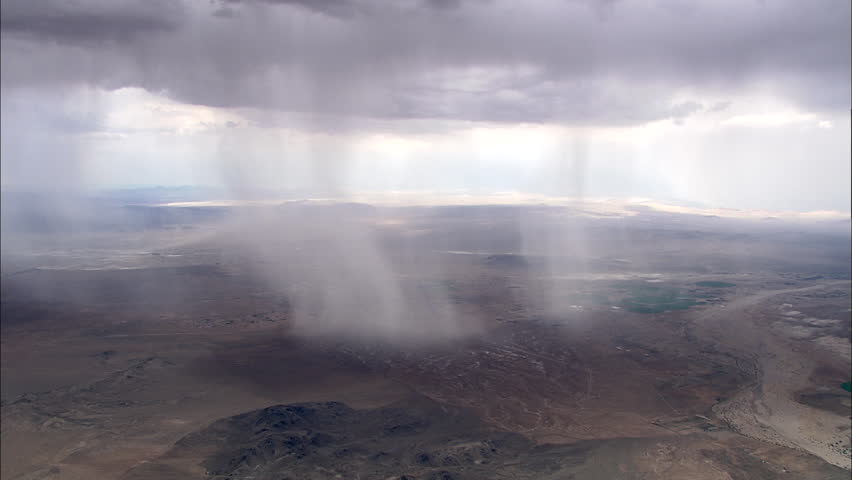WillFly4Food
Pre-takeoff checklist
- Joined
- Nov 20, 2016
- Messages
- 207
- Display Name
Display name:
WillFly4Food
Oh, one more thing:
...avoid the yellow snow.
I fly through rain, green on xm weather, yellow is a no go unless it is small or barely yellow. Snow is fun too, but you have to be careful it doesn't stick.
...avoid the yellow snow.

